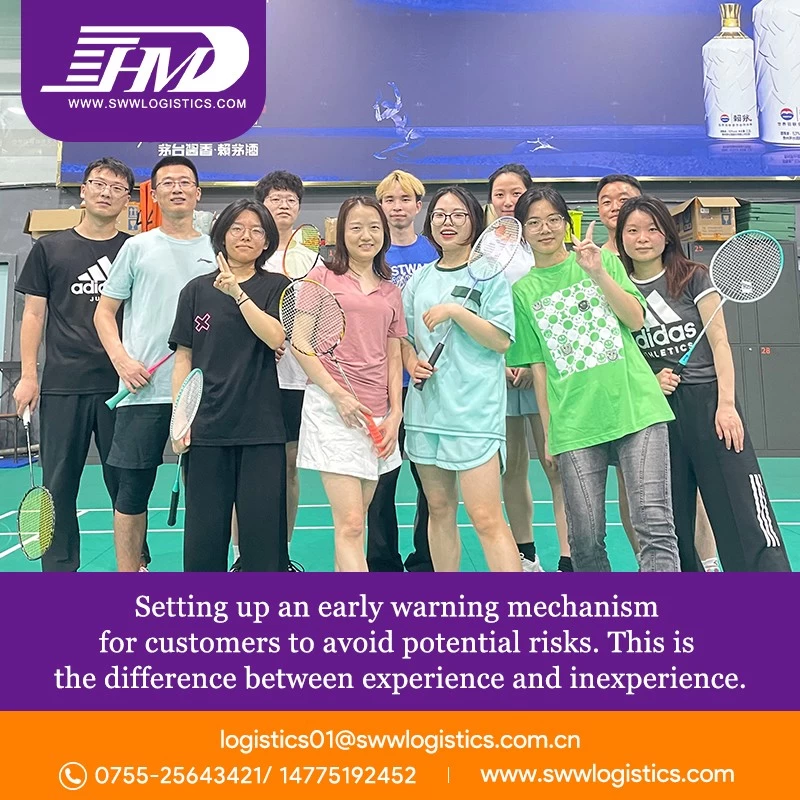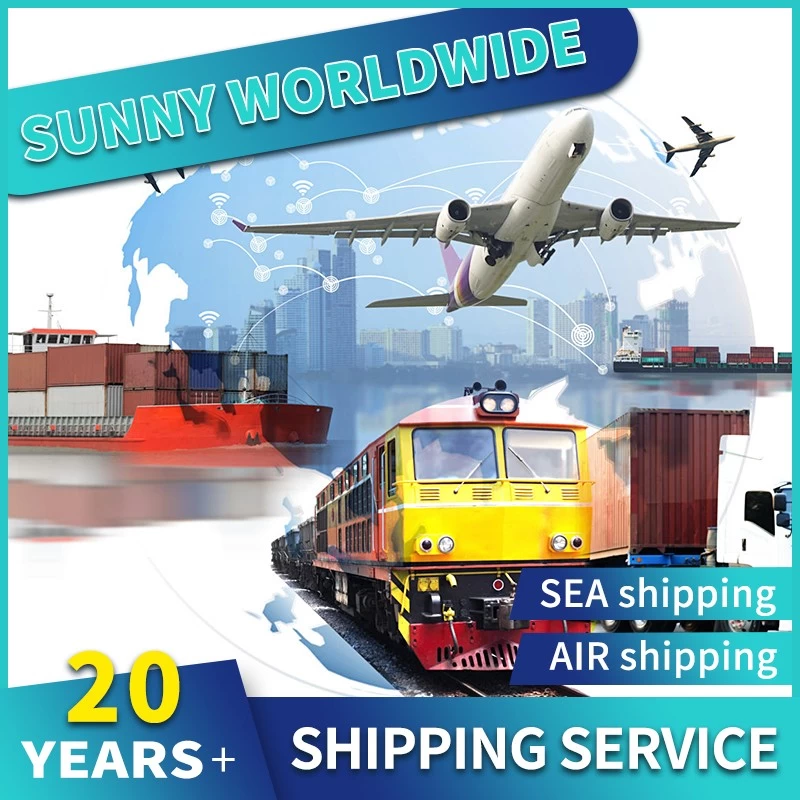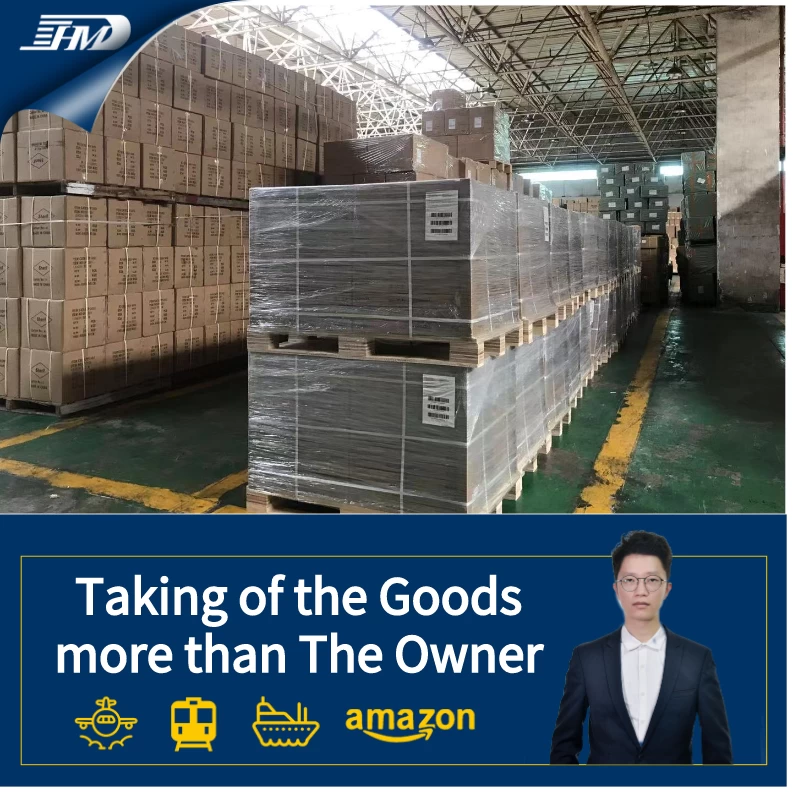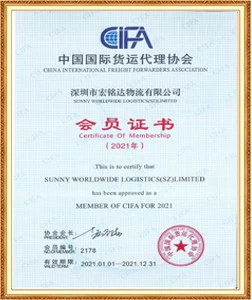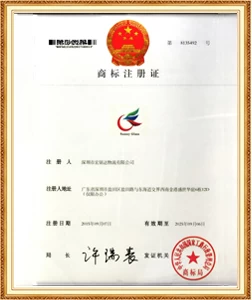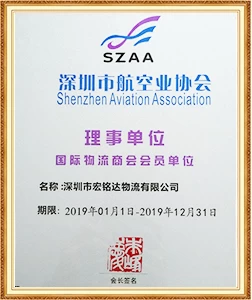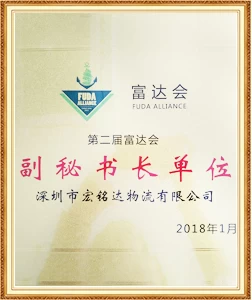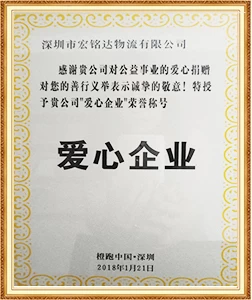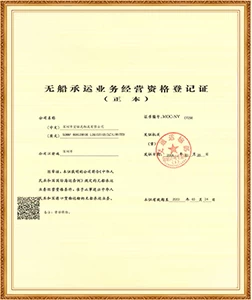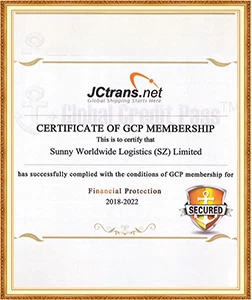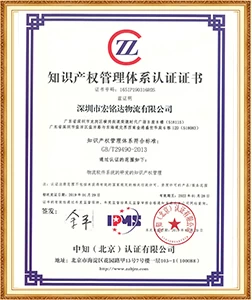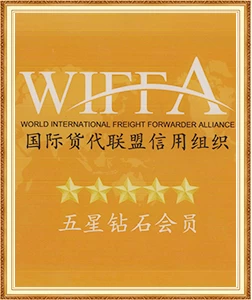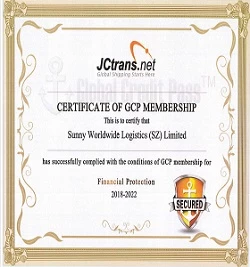Over US$25 million, five batches of Chinese goods were seized for two consecutive days
Sunny Worldwide LogisticsIt is a logistics company with more than 20 years of transportation experience, focusing on European, American, Canadian, Australian, Southeast Asia and other markets, and is more than the owner of the cargo owner~
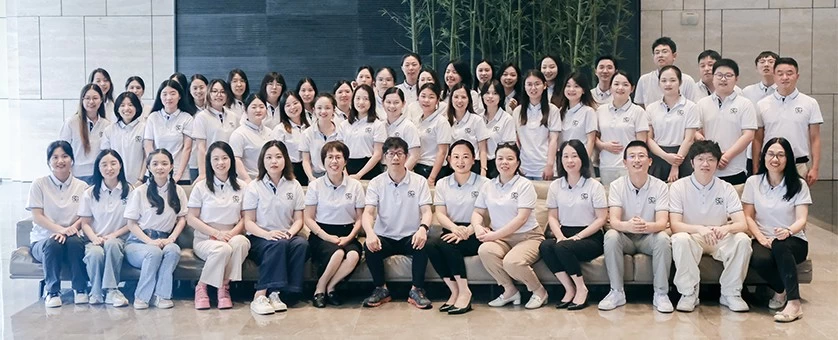
Recently, the US Customs (CBP) announced that the customs seized a total of 5 batches of goods originating from China, involving nearly 2,200 items.
It is reported that these seized goods are all jewelry, covering many top international luxury brands such as Van Cleef and Arpels and Cartier. After verification by brand rights holders one by one, the above products have been explicitly confirmed as counterfeit products. If calculated based on the market value of genuine products, the amount involved in these five batches of goods has exceeded US million.
Among them, the first batch of seized goods was in air-carrying parcels and the delivery destination was a residence in Pennsylvania. Customs in Louisville, Kentucky seized 318 bracelets with fake Cartier trademarks.
The second batch of seized goods came from Hong Kong, China, and the destination was a residence in Tampa. The seized goods included 490 necklaces, 205 pairs of earrings and 80 rings with the forged Van Cleef & Arpels trademark.
At present, the inspection rate of imported goods by US customs has soared sharply, and the inspection fee of a single container has surged from US,000 to US,000-6,000, and the inspection cycle has been extended to more than 21 days. Some of the strict inspections of goods involving FDA, CPSC and other institutions take even 30 days.
The US Customs has launched a strict investigation into the "low-reported value" and "mixed installation and tax avoidance", resulting in a large number of Chinese cross-border sellers facing the risks of container seizure, high fines and logistics delays.
A seller revealed that a home furnishing seller in Ningbo was fined US0,000 for the declared value was lower than the actual purchase price of 12%. The container seizure period was extended from 3 days to 21 days, and Amazon's out-of-stock rate soared to 47%, with direct losses of more than 3 million yuan.
Customs inspections include: checking the value of goods, checking the code, checking the file, checking the infringement, checking the origin, checking the hiding. Any omissions in any link will be directly exposed to the "delay fine destruction".
1. Check the value (low declaration is the maximum minefield)
Key points: Deviation between declared value and actual purchase price (permitted to within ±5%).
2. Check HS encoding (incorrect classification will face heavy penalties)
High-risk scenario: Toys are mistakenly classified as plastic products.
3. Check the documents (you may deduct goods if you miss one page)
Must submit documents: commercial invoice, bill of lading, certificate of origin, test report (such as UL/FCC);
Details: FDA products will be deducted and destroyed without submitting PNI notification 72 hours in advance.
4. Check for infringement (imitation cards are directly banned)
Severely affected areas: electronic products (Apple accessories), clothing, shoes and hats (Nike/Adidas), toys (Disney IP).
5. Check the origin (if there are fewer tags, you will be returned)
Compliance standards: Chinese and English "MADE IN CHINA" font ≥1.6mm, sewing/printing cannot be removed;
6. Check the hidden (a battery may destroy the entire container of goods)
High-risk products: lithium batteries, liquids, powders (even small amounts of mixed).
According to past experience, March, April, October and November are usually the high-incidence period for US customs to increase inspection and law enforcement efforts.
At this stage, we will focus on strict investigations on various types of certification, anti-dumping, prone to infringement and low-declaration products. Sellers can strictly control the export process in these few months and refuse to install contraband products, conceal and miss reports and other behaviors. The following 5 major strategies will help reduce the probability of inspection:
1. Golden Rules for Compliance Application
-
Declare the value truthfully (Error <5%).
-
Live products must provide UL certification and MSDS reports; textiles must be accompanied by ingredient labels.
2. Use HTS encoding correctly
-
Check the commodity tax rate through the CBP official website or professional tools (for example: 6505.00.30 stands for "Knitted Wool Hat").
-
Fuzzy classification can easily trigger manual review.
3. Pre-declaration of sensitive categories
-
If the same container contains high-inspection goods such as liquids, powders, anti-dumping goods, contraband or toys, it is prone to be inspected by the customs due to sensitive attributes.
-
FDA products need to be submitted in advance PNI (Prior Notice Import), and CPSC products need to be accompanied by a test report.
-
Individual packaging is recommended with clear ingredient instructions (such as “100% Cotton”).
4. Avoid "high-risk actions"
-
Avoid using the same consignee address for consecutive multiple tickets.
-
First-time import companies recommend adopting DDP terms and the logistics provider pays tariffs on their behalf.
5. Choose a high-quality logistics service provider
-
Normally, if a logistics provider is inspected recently, the customs will strengthen the inspection chance of its goods.
-
On the contrary, if a logistics provider continues to increase in goods and records are good, the risk of its goods being inspected is relatively low.
Whether it is domestic customs or customs from other overseas countries, in fact, in recent years, the crackdown on imitation goods has become increasingly fierce.
However, despite the severe crackdown on customs in various countries, the imitation brand business is still repeatedly banned. The root cause lies in the black interest chain of "low cost and high return". Industry warning:
"Imitation of brands is not a 'shortcut for huge profits, but a 'time bomb! Once investigated, not only will the goods be lost, but they may also face chain risks such as brand claims and criminal penalties."




